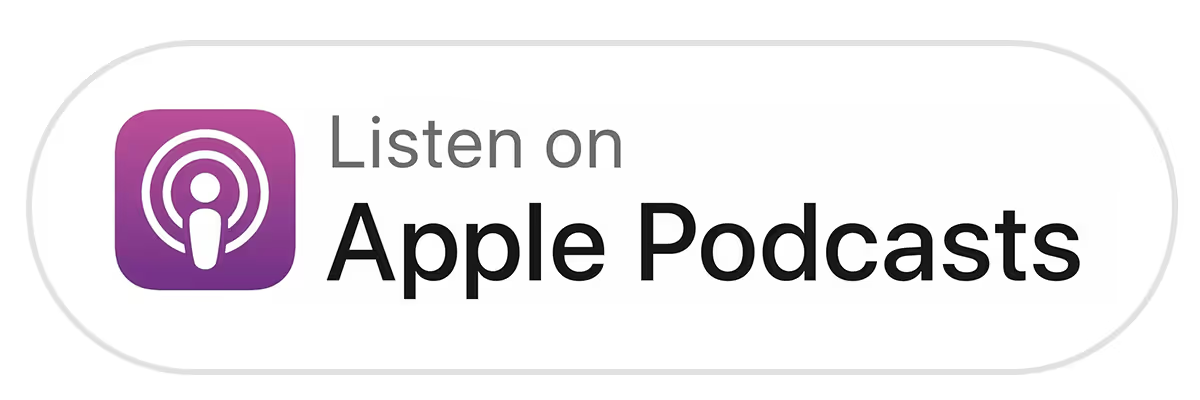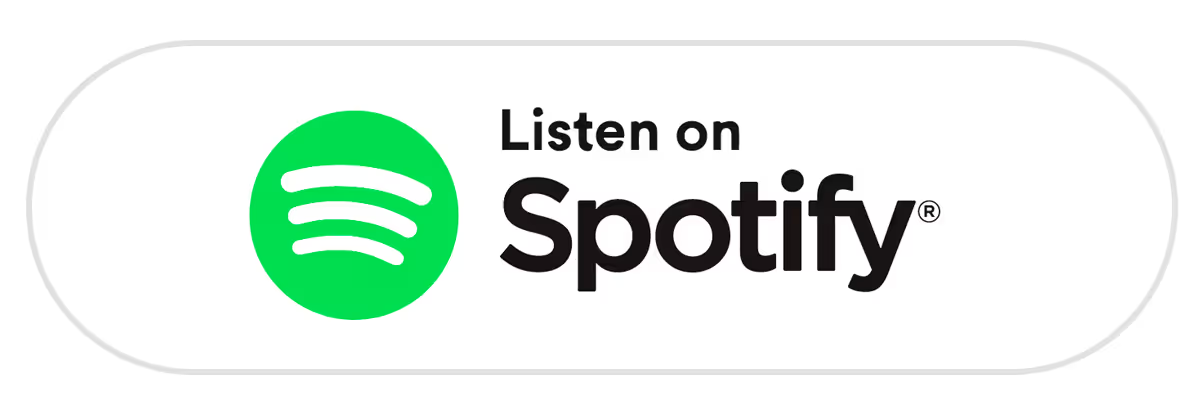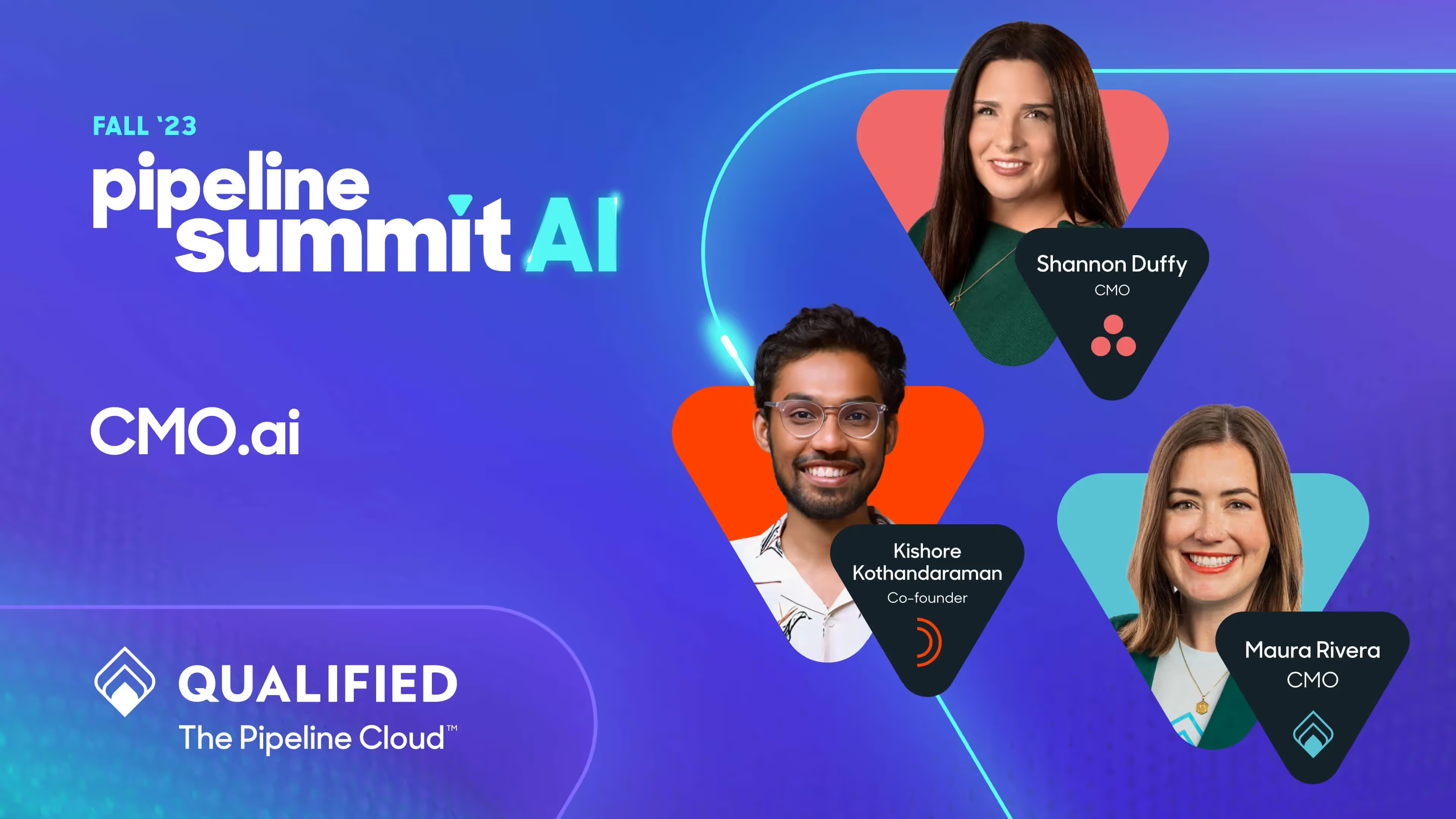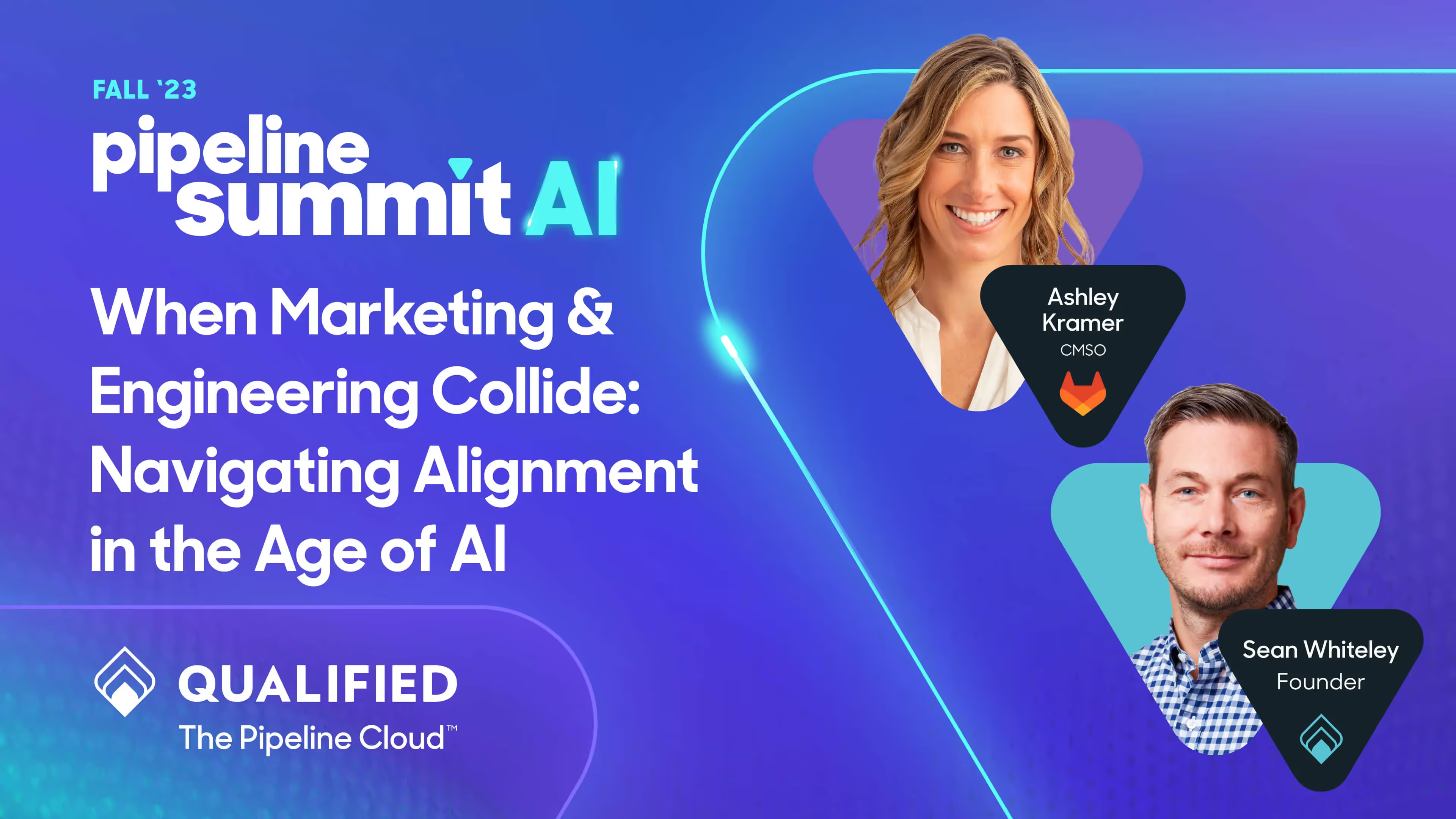GTM AI Tech Tour
Build the ultimate modern tech stack as we walk through the AI tools you need in 2024 to generate more pipeline. From driving intent to workflow management to closing the deal, the AI-powered platforms work together to supercharge your pipe gen strategies.


















.svg)


